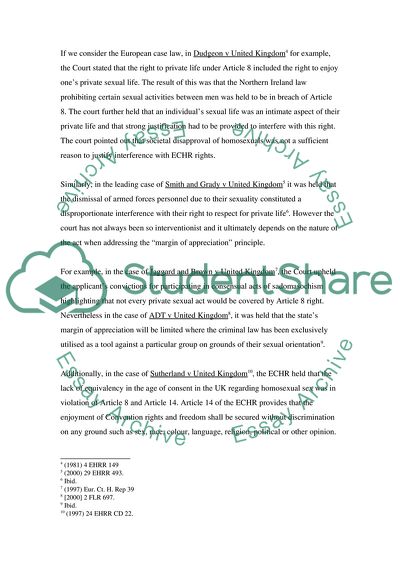Cite this document
(The Impact of the Human Rights Act 1998 on Individuals Coursework, n.d.)
The Impact of the Human Rights Act 1998 on Individuals Coursework. Retrieved from https://studentshare.org/law/1721719-critically-evaluate-the-impact-the-human-rights-act-1998-has-on-individuals
The Impact of the Human Rights Act 1998 on Individuals Coursework. Retrieved from https://studentshare.org/law/1721719-critically-evaluate-the-impact-the-human-rights-act-1998-has-on-individuals
(The Impact of the Human Rights Act 1998 on Individuals Coursework)
The Impact of the Human Rights Act 1998 on Individuals Coursework. https://studentshare.org/law/1721719-critically-evaluate-the-impact-the-human-rights-act-1998-has-on-individuals.
The Impact of the Human Rights Act 1998 on Individuals Coursework. https://studentshare.org/law/1721719-critically-evaluate-the-impact-the-human-rights-act-1998-has-on-individuals.
“The Impact of the Human Rights Act 1998 on Individuals Coursework”. https://studentshare.org/law/1721719-critically-evaluate-the-impact-the-human-rights-act-1998-has-on-individuals.


